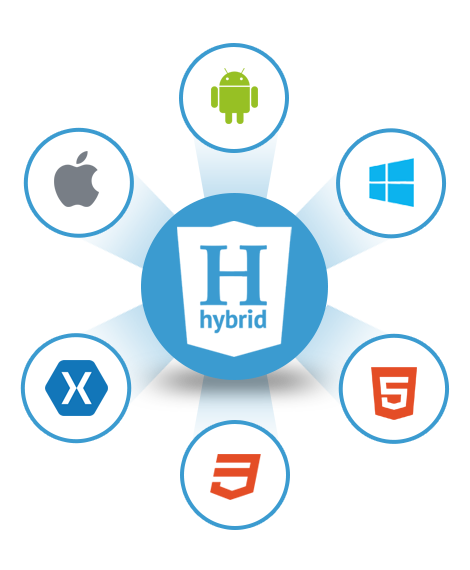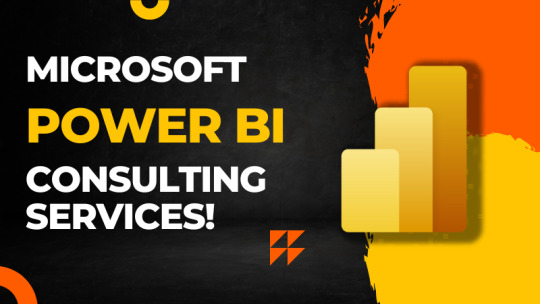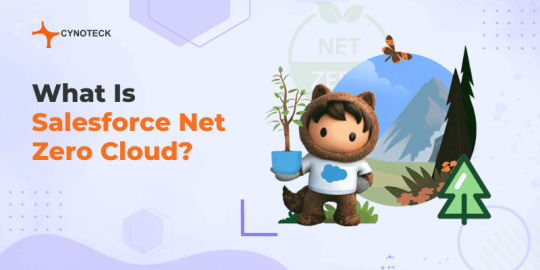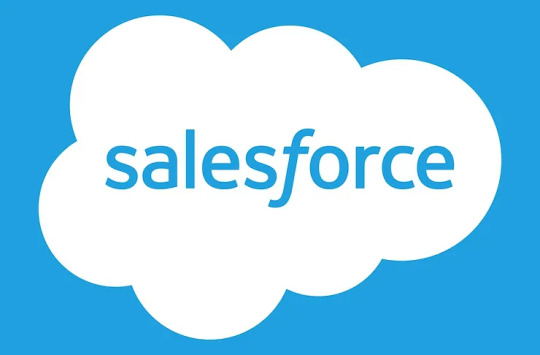Don't wanna be here? Send us removal request.
Text
0 notes
Text
0 notes
Text
0 notes
Text
0 notes
Text
0 notes
Text
Revolutionize Your App Experience with Our Hybrid App Development Services!

📱💡 Looking to Elevate Your App Game? 🚀 We've Got You Covered!
At Cynoteck Technology Solutions, we're your one-stop destination for top-notch Hybrid App Development services! 🌟
🌐 Why Choose Hybrid Apps? ✅ Cost-Effective ✅ Faster Development ✅ Cross-Platform Compatibility ✅ Seamless User Experience
Our team of expert developers is ready to transform your app idea into a reality. Whether it's for iOS, Android, or both, we've got the skills and expertise to deliver outstanding hybrid apps tailored to your unique needs. 📊📈
🌟 What We Offer: 🔹 Custom Hybrid App Development 🔹 UI/UX Design 🔹 Quality Assurance & Testing 🔹 App Maintenance & Support
Get ahead in the mobile app game with a hybrid solution that combines the best of both worlds. 🚀
Ready to take your app to the next level? Contact us today at [cynoteck.com] and let's get started! 💬
1 note
·
View note
Text
Microsoft Power Platform Consulting Services!
Supercharge Your Business with Microsoft Power Platform Consulting Services! 🚀 Streamline processes, build powerful apps, and automate workflows. Our experts unlock the full potential of Power Platform for your success. Empower your team with innovation today!
0 notes
Text

Unlock Data Insights with Our Microsoft Power BI Consulting Services! 📊 Our experts transform your data into actionable insights. Drive smarter decisions and business success with us. Discover the power of data today!
0 notes
Text
Salesforce Net Zero Cloud: Revolutionizing Carbon Accountability

What Is Salesforce's Net Zero Cloud?
Salesforce Net Zero Cloud is an innovative product that has been under development for multiple years, originating with Salesforce's initiative to construct an internal solution for carbon accounting. Several iterations were crafted, initially accessible on a limited basis through a private app exchange listing, before the most recent version was unveiled for general availability on the platform in April.
Net Zero Cloud presents an advanced carbon accounting solution that empowers organizations to meticulously scrutinize their carbon data, facilitating informed decision-making and a concerted drive towards mitigating greenhouse gas emissions. This versatile tool enables the quantification of carbon footprints by meticulously tracking carbon emissions and energy consumption attributed to diverse assets and activities, encompassing domains such as buildings, products, and travel, spanning scopes 1, 2, and 3 emissions.
Leveraging a repository of preloaded reference data from reputable sources including the US Environmental Protection Agency, US Energy Information Administration, UK Department for Business, Energy & Industrial Strategy, and Greenhouse Gas Protocol, Net Zero Cloud orchestrates automated inventory calculations in strict adherence to the Greenhouse Gas Protocol Corporate Accounting & Reporting Standard.
Noteworthy is the carbon neutrality intrinsic to Net Zero Cloud itself. This stems from Salesforce's overarching sustainability commitment, which encompasses a spectrum of initiatives. A recent milestone has been the attainment of Net Zero status throughout its entire value chain, coupled with the accomplishment of 100% renewable energy utilization for operational activities. The development of strategic emissions reduction approaches spanning Scopes 1, 2, and 3, targeting pivotal sectors such as infrastructure, business travel, and supply chain, underscores the depth of this commitment.
The implementation of Net Zero Cloud has enabled Salesforce to dramatically streamline its carbon accounting procedures. This transformation not only amplifies the impact of Salesforce's sustainability journey but also showcases the remarkable potential of Net Zero Cloud as an accelerator of positive environmental change.
Core Capabilities of Net Zero Cloud
Net Zero Cloud, an integral facet of the Salesforce platform, encapsulates a wealth of technological capabilities poised to catalyze positive transformations for enterprises navigating the trajectory of sustainability. Its fundamental attributes encompass the following focal points:
Anticipatory Carbon Footprint Projection: By embracing emissions forecasting, organizations are equipped to chart an expedient route towards achieving net zero emissions. This feature facilitates the swift identification and adoption of optimal strategies, underscored by automated evaluations of energy dynamics and economic implications. In harmonious alignment with an organization's climate action commitments, these measures contribute to expediting progress.
Alignment with Science-Based Targets: An intricate module within Net Zero Cloud empowers the establishment of carbon emission reduction targets in adherence to the Science-Based Targets initiative (SBTi). This initiative, corroborated by the Paris Agreement, serves as a validation benchmark for these targets, ensuring alignment with scientifically validated sustainability trajectories.
Supplier Management Facilitation: Through a streamlined interface, Net Zero Cloud offers comprehensive visibility into scope 3 emissions originating from suppliers interwoven within the value chain. This augmented transparency extends to encompass insights into supplier operations that exert a direct influence on overall carbon emissions, fostering awareness and the potential to curtail environmental impact.
Discover More - What Is Salesforce Net Zero Cloud?
1 note
·
View note
Text
5 Steps to Successful Implementation of Salesforce CPQ in 2023

In the sales industry, time is a precious commodity. The ability to generate accurate quotes quickly can significantly impact the success of your business. This is where CPQ software comes in.
According to a recent study conducted by Salesforce, the implementation of their CPQ platform resulted in a 40% increase in quote generation speed and a 26% reduction in invoicing errors. Additionally, it contributed to a 28% increase in up-selling.
The Salesforce CPQ tool is a game-changer in the quote generation process. It simplifies and accelerates the process, resulting in faster and more precise quotes. By automating the configure, price, and quote process, Salesforce CPQ allows sales professionals to focus on building strong relationships with their customers.
If you are considering implementing Salesforce CPQ, this article will guide you through the process. As a Salesforce CPQ admin, you can use these nine steps to successfully implement the software, drive adoption, and achieve a positive return on investment. Whether you are aiming to enhance accuracy, expedite your sales process, or improve productivity, this article will assist you in maximizing the benefits of Salesforce Implementation.
What Is Salesforce CPQ?
Salesforce CPQ is a software solution designed to automate the quoting and proposal process for businesses. With it configure, price, quote (CPQ) functionality, sales teams can create accurate and customized quotes, proposals, and contracts while streamlining their sales process and minimizing errors.
Built on the Salesforce platform, Salesforce CPQ integrates with the company’s customer relationship management (CRM) system. This integration provides sales reps with a complete view of the customer’s history with the company, current needs, and past interactions. By having access to this information, sales reps can create quotes that cater to the customer’s unique preferences and requirements.
Salesforce CPQ simplifies the pricing process by incorporating pricing rules and logic, discounts, and promotions. Sales reps can configure product bundles and options, and the software automatically calculates the total price based on the customer’s selections. It also considers any applicable discounts and special offers, ensuring that the customer receives the best possible pricing.
5 Best Steps for Implementing Salesforce CPQ
Setting Achievable Goals and Planning Your Salesforce CPQ Implementation
During the initial stage of your Salesforce CPQ implementation process, it is crucial to plan and set achievable goals. This stage allows you to define your sales processes, identify the necessary CPQ requirements that align with these processes, and set realistic objectives. Here are some factors to consider during the planning stage:
The requirements planning phase of Salesforce CPQ implementation typically includes the following steps:
Budget Planning: Determine the budget for the implementation, taking into account the cost of the software and any necessary training expenses.
Timeline Development: Develop a timeline for the implementation that includes key milestones and critical deadlines.
Risk Assessment: Identify potential risks, including mitigation, integration, and deployment risks, and create a plan to avoid them.
Communication Plan: Develop a communication plan to keep all stakeholders informed and updated throughout the implementation process.
Documenting Your Requirements for Successful Salesforce CPQ Implementation
The next phase involves identifying the specific needs of your organization’s pricing and quoting processes. This requires a thorough review of your current processes to determine how Salesforce CPQ can enhance your overall efficiency.
The Salesforce CPQ implementation process typically involves the following steps during the requirements planning phase:
To ensure a successful Salesforce CPQ implementation, it is essential to document the necessary requirements. Here are some steps you can take to document your requirements:
Assess Your Current Processes: Evaluate your existing pricing and quoting processes to identify areas where Salesforce CPQ can help streamline and automate them.
Define the Scope of the Project: Determine the project’s size and scope, including which processes will be impacted, which data will be migrated, and which systems will be integrated.
Identify User Roles and Responsibilities: Define the user roles and responsibilities within your organization and how each role will use Salesforce CPQ. This helps ensure that each user has the appropriate level of access and training to perform their tasks effectively.
Configuring Salesforce CPQ Products, Pricing, and Rules
After defining the configuration requirements and goals, the next step in Salesforce CPQ implementation is to set up the tool by defining product catalogs, pricing rules, discounts, and quote templates. The configuration should be customized to meet the unique needs of the organization and include:
Rule configuration: This involves determining the rules and logic behind the tool, such as pricing rules and discount structures. This ensures that the tool is configured to meet the organization’s specific requirements.
User role configuration: It is important to outline user permissions to ensure that users have appropriate access to the tool and sensitive data is protected.
Workflow configuration: Establish workflows and automation to streamline the process and increase efficiency and productivity.
Template configuration: Create templates for quotes, proposals, and other important documents to ensure that the tool is configured to meet the organization’s unique needs.
Read More About – Effective Ways to Integrate Salesforce with Telegram Bot
Testing the Implementation and Configuration to Meet Your Organization’s Needs
Testing the Salesforce CPQ implementation is crucial to ensure it meets your organization’s specific needs and functions properly. It can help identify and resolve any issues before the tool goes live, ensuring a successful deployment.
The following activities should be performed during the testing phase to validate the functionality of Salesforce CPQ:
Unit testing: Test components of Salesforce CPQ to ensure they function as expected, allowing for early detection and resolution of any bugs or issues.
Integration testing: Verify the integration between Salesforce CPQ and other systems, such as the CRM or ERP, to ensure data flows seamlessly between the systems.
User acceptance testing: Allow a representative end-user group to try out the tool in a real-world scenario to ensure it meets their needs and expectations. Valuable feedback can be obtained on the user experience, and any issues can be identified and addressed.
Performance testing: Analyze the performance of Salesforce CPQ under different loads and conditions to ensure it can handle the expected volume of transactions, avoiding performance issues later on.
Security testing: Test the security of Salesforce CPQ to ensure it meets your organization’s security standards and requirements and identify potential security risks.
Salesforce CPQ Integration with other systems
Integrating Salesforce CPQ with other systems is crucial to ensure accurate and up-to-date pricing and quoting data. This stage also streamlines the sales process, improves efficiency, and customizes the integration to meet your organization’s specific needs. During this phase, the following activities are typically performed:
System integration: This involves integrating Salesforce CPQ with other systems like CRM, ERP, or accounting systems to share and update data in real time.
API integration: This involves integrating Salesforce CPQ with APIs to enable seamless data transfer between systems. This helps ensure real-time data updates and an efficient sales process.
Custom integration: Customizing integrations to meet your organization’s specific needs, such as creating custom workflows, automation, or data mapping.
User interface integration: Integrating Salesforce CPQ with the user interface of other systems to provide a seamless user experience. This may include customizing the user interface, creating custom dashboards, or integrating with other tools to ensure a consistent user experience.
Read More About – The Definitive Handbook on Salesforce Integrations: A Comprehensive Overview
Key Takeaways
Make your Salesforce CPQ implementation even more efficient with the help of Cynoteck’s in-app guidance and self-help support. Our tools and resources are designed to help your team quickly learn and master Salesforce CPQ so that they can start using it to its full potential right away.
Our in-app guidance provides step-by-step instructions right within the Salesforce CPQ interface, making it easy for your team to get up to speed quickly. And if they ever need additional help, our self-help support resources are just a click away, including user guides, video tutorials, and a comprehensive knowledge base.
With Cynoteck’s support, you can ensure a successful implementation of Salesforce CPQ and maximize its benefits for your organization.
1 note
·
View note
Text
0 notes